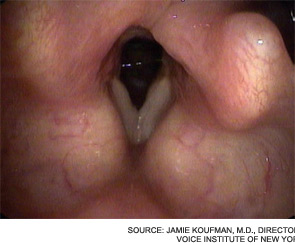
Is There Still a Place for the Head Mirror?
It’s no surprise that head mirrors are second only to the stethoscope as one of the most recognizable symbols used in artists’ renderings and Hollywood depictions of a physician. Or that, in most cases, head mirrors are incorrectly shown situated squarely in the middle of the “doctor’s” forehead, much like a shiny, silver bull’s eye instead of flipped down over one eye.




